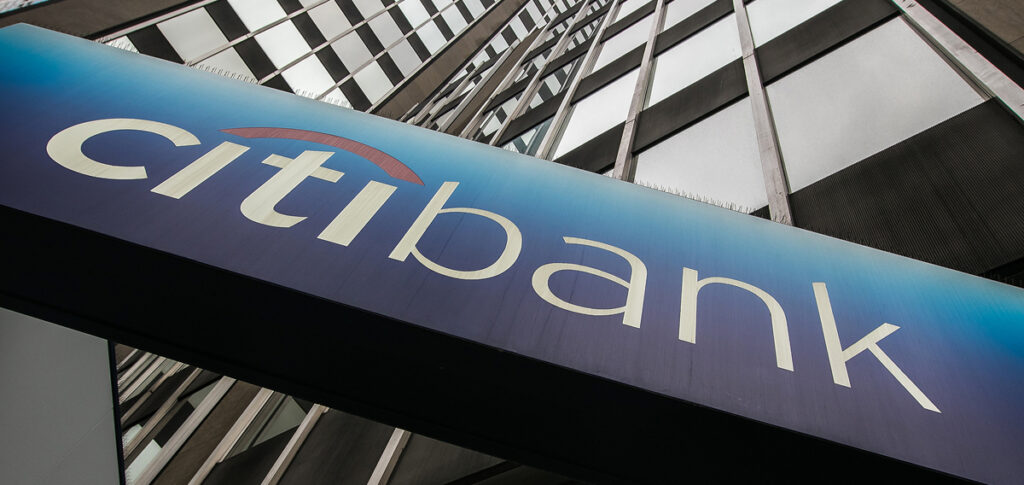 Citi is making the bullish case for $3,500 gold prices amid historic geopolitical tensions, stalled economic growth, and ongoing demand for precious metals. The yellow metal blew past the bank’s previous target of $3,200, forcing analysts to revise their prediction.
Citi is making the bullish case for $3,500 gold prices amid historic geopolitical tensions, stalled economic growth, and ongoing demand for precious metals. The yellow metal blew past the bank’s previous target of $3,200, forcing analysts to revise their prediction.
The Case for Bulls
Max Layton, the bank’s Global Head of Commodities, predicts gold prices could go “up as high as $3,500 an ounce.” That would mark more than a 33% rally across the year. This upbeat outlook is based on the idea that “we are in…a concerning US growth environment,” which continues to raise investor caution.
While other financial institutions focus on higher central bank demand or renewed retail investments as other key drivers of gold, Citi analysts pinpoint the tension between demand and mine supply. For 15 years, the percentage of mined gold supply comprised by investment and industrial consumption has been a reliable indicator of gold price performance.
As Citi explains, the yellow metal tends to increase in value when demand makes up 70% or more of mine availability. That metric stands at 82% and is on track to blow past 95% by late 2025. Citi commodities strategist Kenny Wu said this move could “underpin extremely high gold prices by historical standards.”
👉 Suggested Read: Gold Price Predictions & Forecasts for 2025
Buy the Dip?
Citi’s increasingly positive sentiment on gold doesn’t come without some caveats. In the same breath as discussing record-highs, analysts are quick to point out potential volatility and pullbacks. Trump’s whipsawing tariff policy has created an uncertain economic environment, which could send gold prices in either direction, at least temporarily.
Furthermore, Citi expects a retreat at some point, depending on the outcome of Trump’s tariff policy and progress in the Russia-Ukraine peace talks. According to Layton, this possible slump represents a “dip-buying opportunity [if] gold’s persistent/structural bull factors remain intact.”
Gold’s Core Drivers Chug Along
Those “persistent…bull factors” refer to the foundational geopolitical and economic uncertainty that have sustained high gold prices over the past few years, such as:
Geopolitical Risks
Citi stresses how Western sanctions against Russia helped spur central bank gold purchases by fueling the de-dollarization trend. Years later, this major source of instability remains a flashpoint in a broader landscape of geopolitical upheaval. Raging wars, slowing economies, and shifting international norms are creating a widespread sense of insecurity, unease, and uncertainty.
Sustained Demand
Another foundational support of gold’s sustained growth is consistent buying. Central banks have been relentlessly accumulating physical bullion with purchases reaching over 1,000 tons three years in a row. Citi underscores the impact of increased private investments in gold ETFs, bars, and coins, especially as economic data worsens.
Weak Economic Data
The US economy, which roared throughout 2024, is flashing warning signals. Inflation remains above target levels, joblessness claims spiked, and GDP forecasts are tanking. In the short term, Trump’s whiplashing tariff policy has paralyzed investors, businesses, and markets. Unpredictability and uncertainty pervade the economy, further weighing on these negative indicators.


